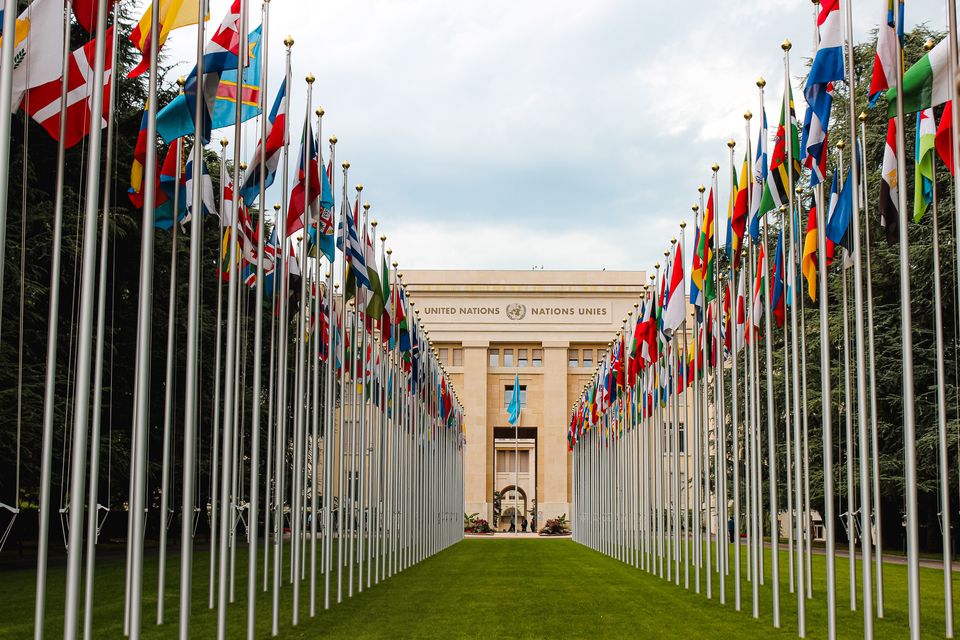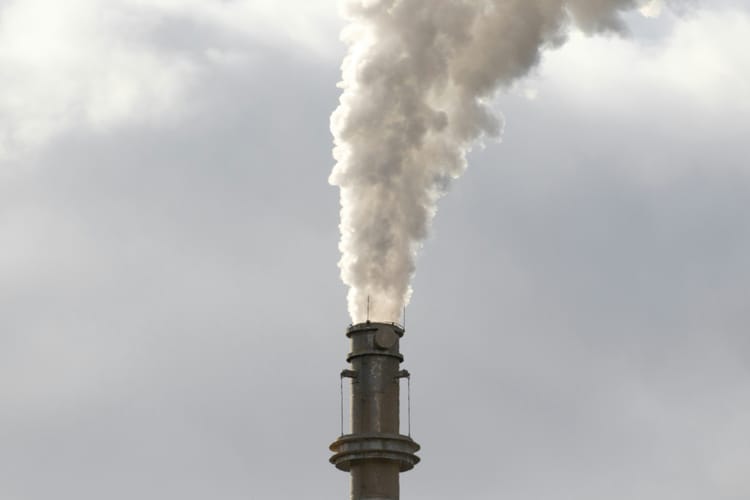UN one step closer to establishing global carbon market

The United Nations body responsible for the Paris Agreement’s carbon market provision has finalised rules around which carbon projects should qualify under the scheme. If they are adopted at COP28, this global carbon finance mechanism eight years in the making could finally start working next year.
The Article 6.4 supervisory body is responsible for designing the Paris Agreement’s carbon market mechanism, which aims to allow countries and companies to trade their greenhouse gas emissions reductions across borders.
Late last week, it finalised the framework for carbon mitigation and removal projects to be registered within this market.
If approved by governments at COP28, starting November 30, the framework would go a long way in creating a trusted voluntary carbon market and unlocking carbon finance to support climate action.
Carbon project methodology
The first document released last week defines criteria and minimum quality standards for carbon mitigation activities to issue credits in this UN-managed carbon market. For instance, the supervisory body states that any carbon mitigation or removal mechanism should use “credible methods” to estimate emissions reductions or removals, as these have been overestimated by carbon projects in the past.
The document also says carbon mitigation methodologies should include “robust, transparent and user-friendly measurement, reporting and verification systems”, echoing some of the requirements of the Core Carbon Principles to ensure the quality of carbon offsets on the voluntary market.
Read also: Voluntary Carbon Market Integrity Initiative - ‘We need corporates to take action’
While eligible activities within this UN carbon market do not include jurisdictional projects at this point, the supervisory body says it may consider them at a future point in time “to incentivise increased ambition and mitigation at a large scale”.
Jurisdictional carbon projects are run in countries or states with at least 2.5 million hectares of forest, and abide by a different set of standards than individual forest projects. For deforestation non-profit Emergent Climate, who spoke to CSO Futures in this article on carbon credit integrity, “we won’t deliver the finance needed at the scale required to halt tropical deforestation and reduce emissions without working at a jurisdictional scale”.
Carbon removals included in Article 6
Additionally, the Article 6.4 supervisory body agreed on a framework for the inclusion of carbon removal activities in this market. It set minimum requirements around monitoring, reporting and accounting for carbon removals, as well as managing the risk of ‘reversal’, whereby stored carbon is accidentally released back into the atmosphere.
The organisation also plans to establish a ‘reversal risk buffer pool’ to insure against and remediate unavoidable reversals, with the developers of removal projects having to contribute to the pool.
In including carbon removals in the Paris Agreement’s carbon market mechanism, the UN is adding to a growing body of rules governing this activity, which consists in drawing carbon from the atmosphere or directly from an industrial process and storing it for 100 years or more.
With decarbonisation largely off track to meet the 1.5ºC temperature rise limit set in the Paris Agreement, carbon removal solutions are gaining popularity among companies and governments.
Read also: Carbon removals are now part of the EU net zero strategy







Member discussion